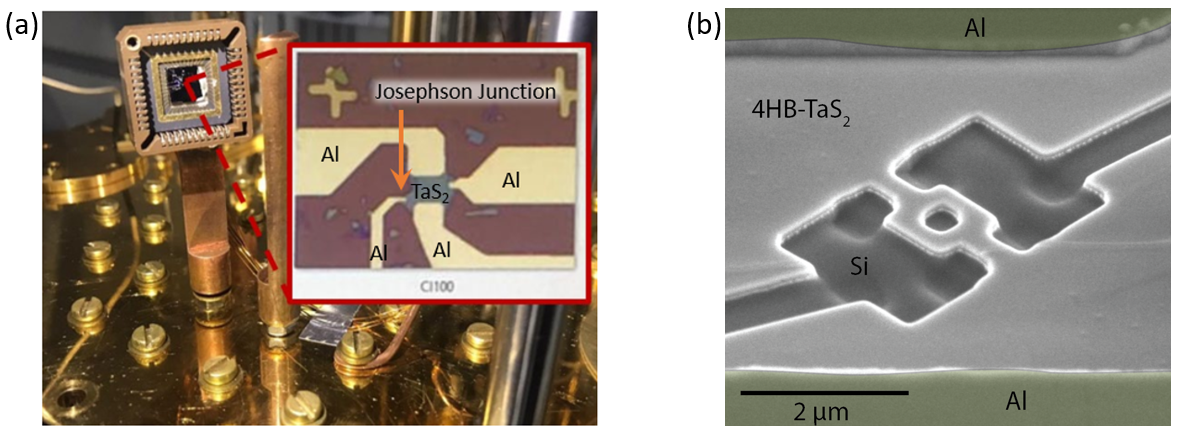Thanks to support and funding from the Helen Diller Quantum Center, two of Technion’s most promising scientists are joining forces in pursuit of the “holy grail” of quantum science: a topological superconductor that will significantly improve qubits, the basic units of quantum information.
The goal is to revolutionize quantum computing through Majorana fermions – particles theorized to be their own antiparticles – which would yield fast, stable qubits.
Prof. Shay Hacohen Gourgy, of the Faculty of Physics, is a leading expert on superconducting quantum circuits. Prof. Amit Kanigel, also of the Faculty of Physics, researches and creates unique materials and has developed a crystal that is a good candidate for the project in question. Their collaboration on this ambitious project draws on the synergy between the two labs, and capitalizes on the scientists’ combined expertise and experience.
Prof. Hacohen Gourgy explains: “The purpose of the project is to discover types of particles necessary for creating topological qubits. If we discover them and control them, we will be able to create qubits with very long coherence times. We hope to embed this material in a qubit and use the qubit as a sensor to see if we can identify the particles. If this succeeds, we can then engineer qubits with superior traits.”
Several months into the research, there is already a glimmer of hope. “So far, we have found indications of exotic behavior for the first material we are researching,” Prof. Kanigel elaborates. “We have signs of ‘striking oil,’ but it’s very difficult to prove. We seem to be going in the right direction and if we will succeed in seeing the qubit, that will be the ultimate proof.”
A special device in the refrigerator in Prof. Hacohen Gourgy’s lab is being used to measure the unique and robust features of 4Hb-TaS2, the crystal which is believed to be a topological superconductor. The next stage is to create a qubit. Each of the two labs has one student who spends part of their time on this project.
“The crystal in question is apparently a topological superconductor. We will embed it in a regular transmon-type superconductor qubit according to a theoretical scheme, and we will carry out spectroscopy to look for the qubit’s energy spectrum. If we are correct, the spectroscopy will show distinct signatures that will indicate that there are special modes that could be used to make topological qubits.”
Despite this rosy assessment of their progress, the two professors realize the extreme difficulty of the project. “We know the chances of finding the particle are very slim, yet it is raw curiosity that drives the project,” insists Prof. Hacohen Gourgy. “I am sure that we will discover something interesting, no matter what. Will we create topological qubits? I don’t know. It’s very difficult, but it’s worth trying. We are in academia in order to explore crazy ideas. I’m an optimist and think every lab should have an ambitious project.”
The partners are grateful that the Quantum Center granted the seed funding for this project, and they are equally appreciative of the Center’s ongoing investment in advanced facilities and equipment at Technion. In particular, the Quantum Center invested generously in Prof. Hacohen Gourgy’s new lab, which includes a special dilution refrigerator and microwave instruments for measuring qubits.
“The Quantum Center’s support makes it possible to run a project of this sort, since we have two unique requirements: the knowledge to grow these materials and a lab with expensive equipment for measuring qubits,” they reveal. “The infrastructure available at Technion does not exist in many places. We are at the forefront in this field.” (Rebecca Kopans)

Devices fabricated for testing the properties of the topological superconductor candidate. (a) Simple Josephson junction mounted on a chip holder in the Dilution-fridge at a temperature of 7mK. (b) A ring shaped device. These are the first steps towards embedding of the material into a superconducting qubit.
